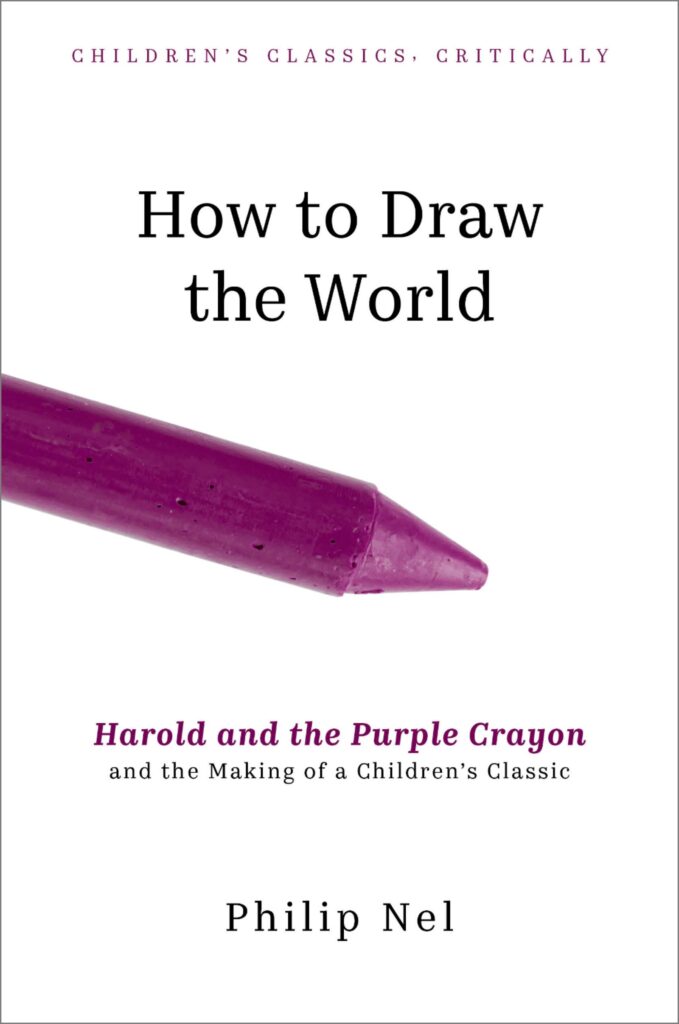Chris Ware might be the first person I know to suggest that Harold (of Purple Crayon fame) is Black. In the Foreword to the first volume of Barnaby (Fantagraphics, 2013), Ware recalled his own childhood reading of Crockett Johnson’s book: “Harold was black. At least he looked like it to me. Not that this should be unusual or weird, but for a 1950s children’s book, it was.”
One such observation is interesting. Many create a pattern. So, when I noticed that others perceived Harold as Black — novelist Mairead Case, picture-book creator Bryan Collier, and many others, informally — I began to look more closely.
Curious? You can read more about it in The Conversation, in a piece adapted from a couple of chapters in my forthcoming book, How to Draw the World: Harold and the Purple Crayon and the Making of a Children’s Classic, coming this November from Oxford University Press.
Why not order a copy now? Go ahead. I promise I the next paragraph will be waiting for you when you return.
Welcome back! As I hope is clear in the piece itself, I think the decision to enwhiten Harold on the covers to all of the Harold books is likely the result of who was in the room when the decision was made. I don’t think it’s a result of any active or even passive malice.
Finally, I want to say directly what I left implied in the article: It’s important for readers of any race to see Harold as whatever race makes sense to them. As I note in the piece and in the book, Harold is a racially ambiguous child.
I especially don’t want readers of color to let the post-1998 enwhitened book covers change their perception. If Harold is a Black or Brown child to you, then he is Black or Brown. If you grew up in the ’50s or ’60s, seeing non-white characters in children’s books was — as Chris Ware notes — a rare experience. And that’s why I want non-white readers to retain Harold as one of the few characters of color they encountered in their childhoods.
As I say in the piece, Harold’s crayon is the embodiment of imaginative possibility.
And Harold is whoever you need him to be.

